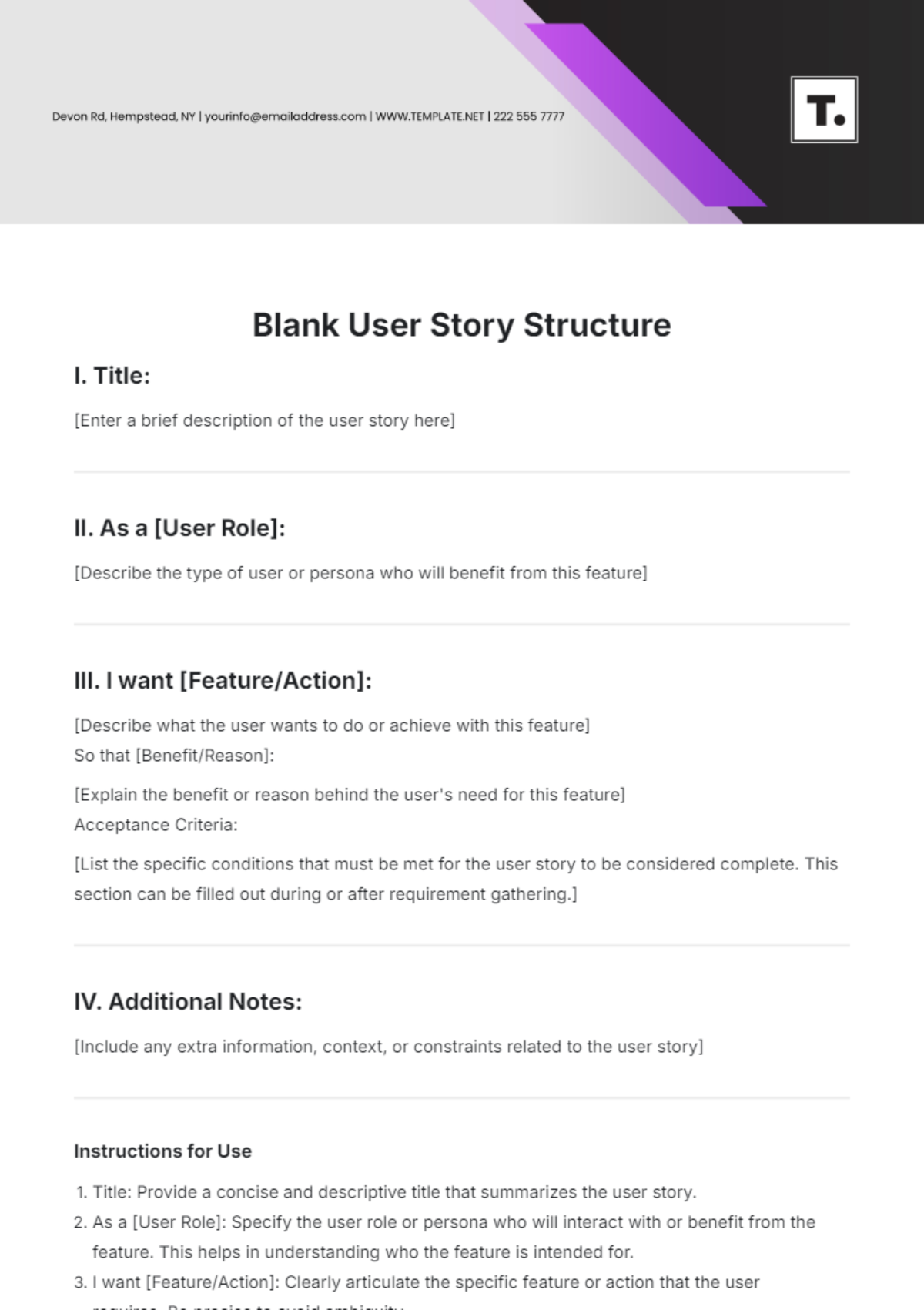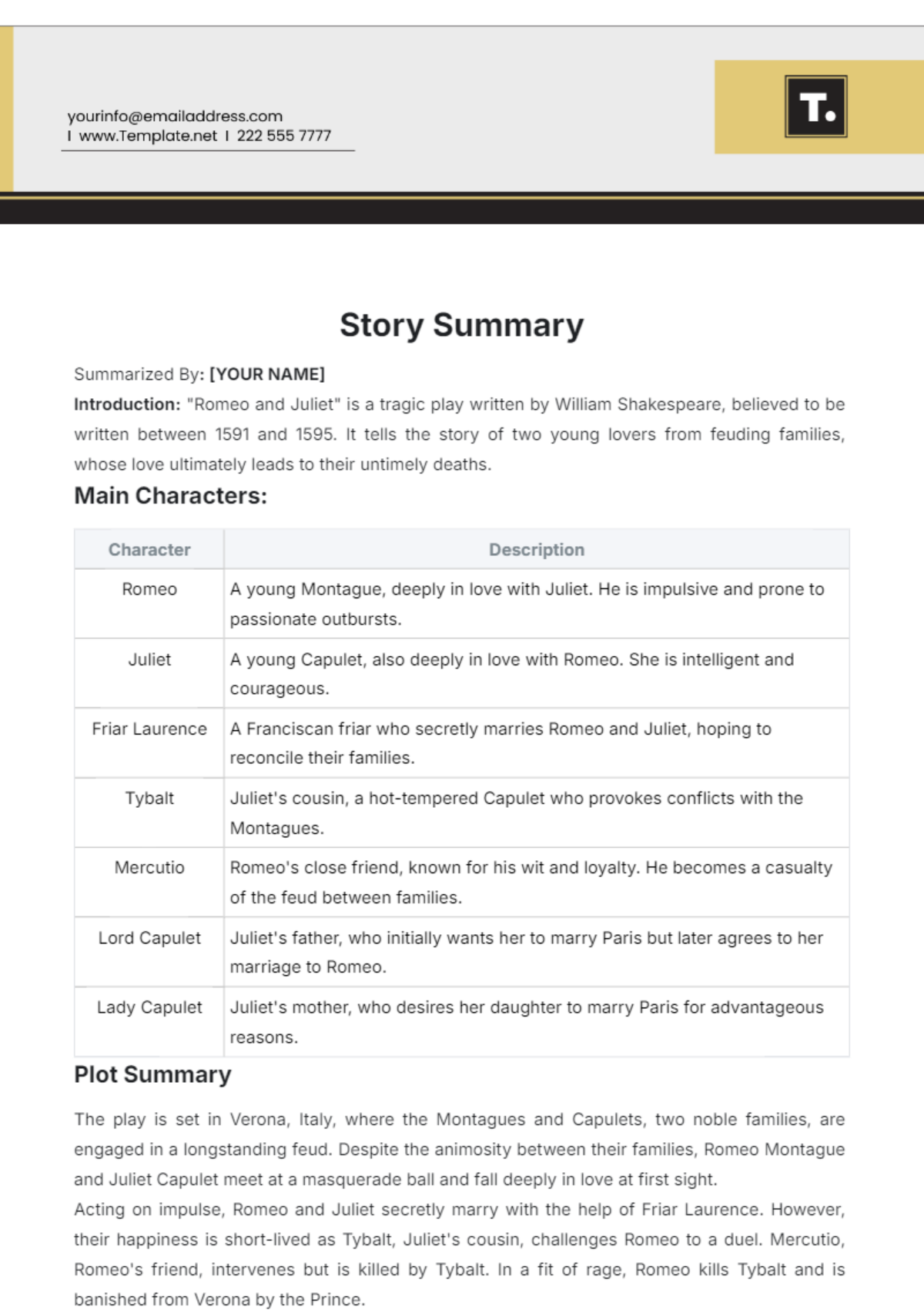History Dissertation
Prepared by: [YOUR NAME]
Date: [DATE]
I. Abstract
This dissertation explores the influence of trade routes on the political and economic development of medieval Europe. Focusing on the Silk Road, Hanseatic League routes, and Mediterranean trade networks, the study reveals how these routes facilitated economic growth and shaped political power. The analysis shows that control over trade routes led to prosperity and political stability, while disruptions contributed to the decline of states. By combining narrative and tabular data, the research offers new insights into the significant role of trade in shaping medieval European history.
II. Introduction
The medieval period in Europe was marked by significant transformations in both political and economic structures. One of the most influential factors in this period was the development and control of trade routes. These trade routes, including overland paths and maritime routes, played a crucial role in shaping the socio-political and economic landscape of medieval Europe.
This dissertation explores how trade routes influenced the political and economic development of medieval Europe, focusing on key trade routes such as the Silk Road, the Hanseatic League routes, and the Mediterranean trade networks. By analyzing primary and secondary sources, this study aims to provide a comprehensive understanding of the interconnections between trade and regional development during this period.
A. Objectives
To analyze the impact of major trade routes on the political structures of medieval Europe.
To assess how trade routes influenced the economic prosperity of different regions.
To examine the role of trade in the formation and decline of medieval European states.
III. Literature Review
A. Historical Context
The medieval period in Europe, spanning from the fall of the Roman Empire to the onset of the Renaissance, was characterized by a complex interplay of political and economic factors. Key works in the field include:
"The Rise and Fall of the Hanseatic League" by R. D. C. Allen: This work explores the Hanseatic League's impact on trade and politics in Northern Europe.
"Medieval Trade and Trade Routes" by James H. Robinson: Analyzes the major trade routes and their economic significance.
B. Theoretical Framework
The study employs a combination of economic and political theories to understand the influence of trade routes. Key theoretical perspectives include:
World-Systems Theory: Provides insight into how trade routes integrated different regions into a global economic system.
Political Economy Theory: Focuses on the relationship between trade and political power.
IV. Methodology
A. Research Design
The research employs a historical-analytical approach, utilizing both qualitative and quantitative methods to investigate the impact of trade routes. Key methods include:
Document Analysis: Examination of historical records, trade logs, and official documents.
Case Studies: In-depth analysis of specific trade routes and their effects on regional politics and economics.
B. Data Collection
Data is collected from a variety of sources, including:
Primary Sources: Medieval trade records, official documents, and letters.
Secondary Sources: Scholarly articles, books, and historical analyses.
C. Data Analysis
Data is analyzed using both narrative and tabular formats:
Narrative Analysis: Provides a detailed account of historical developments and their impacts.
Tabular Analysis: Presents quantitative data on trade volumes, economic growth, and political changes.
V. Historical Trade Routes
A. The Silk Road
Overview
The Silk Road was a network of trade routes connecting East Asia with Europe. Key features include:
Geographical Scope: Spanning from China to the Mediterranean.
Major Trade Goods: Silk, spices, and precious metals.
Impact on Europe
Economic Growth: Enhanced trade between Europe and Asia, leading to increased wealth in European cities.
Political Influence: Facilitated the rise of powerful trading states and cities.
B. The Hanseatic League
Overview
The Hanseatic League was a commercial and defensive confederation of merchant guilds and market towns in Northern Europe. Key features include:
Geographical Scope: Northern Germany, the Baltic Sea region, and parts of Scandinavia.
Economic Activities: Control of maritime trade and trade fairs.
Impact on Europe
Economic Control: Monopolized trade in the Baltic and North Sea.
Political Influence: Strengthened the political power of member cities and towns.
C. Mediterranean Trade Routes
Overview
Mediterranean trade routes connected Europe with North Africa and the Middle East. Key features include:
Geographical Scope: The Mediterranean Sea and its surrounding regions.
Major Trade Goods: Textiles, wine, and grain.
Impact on Europe
Economic Integration: Facilitated the growth of trade hubs and port cities.
Political Alliances: Strengthened political and military alliances between European and North African states.
VI. Case Studies
A. The Rise of Venice
Economic Growth
Venice emerged as a major trade hub due to its strategic location along Mediterranean trade routes. Key factors include:
Trade Monopoly: Control over key trade routes and ports.
Economic Prosperity: Growth in wealth and influence.
Political Development
Venice's economic success contributed to its political stability and power. Key factors include:
Political Structure: Establishment of a powerful oligarchy.
Diplomatic Relations: Formation of alliances and treaties with other states.
B. The Decline of the Hanseatic League
Economic Challenges
The decline of the Hanseatic League was influenced by several economic factors. Key issues include:
Competition: Rising competition from other trading powers.
Economic Shifts: Changes in trade routes and economic focus.
Political Impact
The decline affected the political landscape of Northern Europe. Key effects include:
Power Shifts: Redistribution of political power to emerging states and cities.
Decline in Influence: Loss of control over maritime trade.
VII. Discussion
A. Interconnections Between Trade and Political Power
The analysis reveals a strong correlation between trade routes and political power. Key findings include:
Economic Influence: Regions with control over major trade routes experienced economic growth and political stability.
Political Alliances: Trade facilitated the formation of political alliances and power structures.
B. The Role of Trade in State Formation and Decline
Trade played a crucial role in the formation and decline of medieval states. Key observations include:
State Formation: Trade routes contributed to the rise of powerful states and cities.
State Decline: Disruptions in trade routes led to the decline of once-powerful states.
VIII. Conclusion
A. Summary of Findings
The study highlights the significant impact of trade routes on the political and economic development of medieval Europe. Key conclusions include:
Economic Prosperity: Control over trade routes led to economic growth and prosperity in various regions.
Political Power: Trade influenced the rise and fall of states and political entities.
B. Implications for Future Research
Future research could explore:
Regional Case Studies: In-depth analysis of specific regions and their trade impacts.
Long-Term Effects: Examination of the long-term effects of medieval trade routes on subsequent historical periods.
IX. References
Allen, R. D. C. The Rise and Fall of the Hanseatic League. Oxford University Press.
Robinson, James H. Medieval Trade and Trade Routes. Cambridge University Press.
Various primary and secondary sources as detailed in the methodology section.

















































